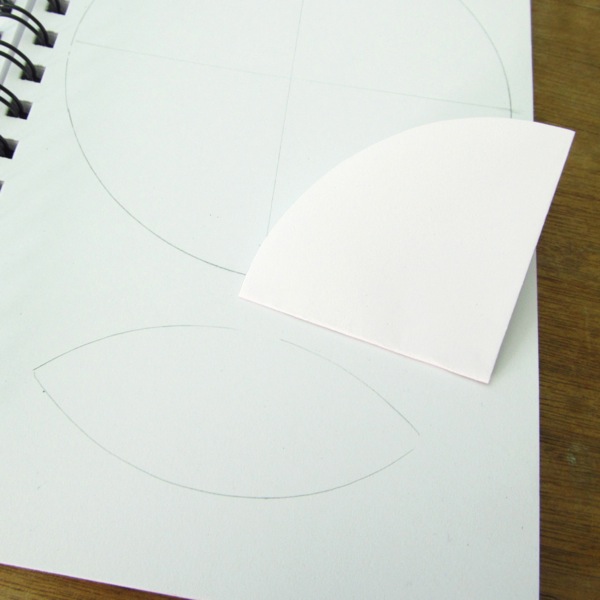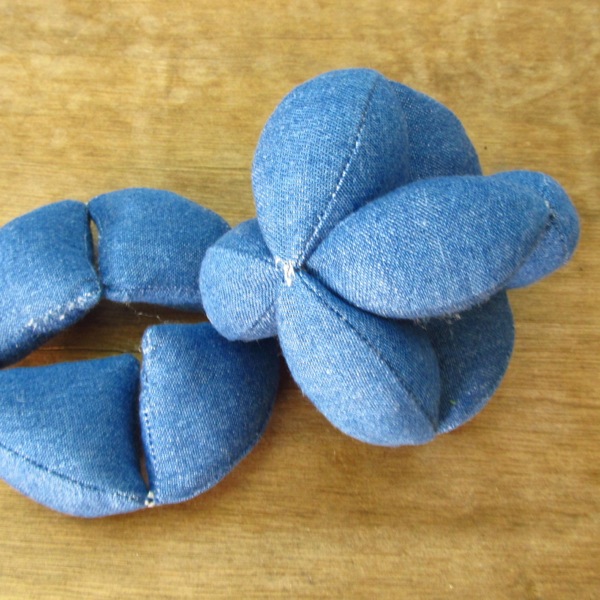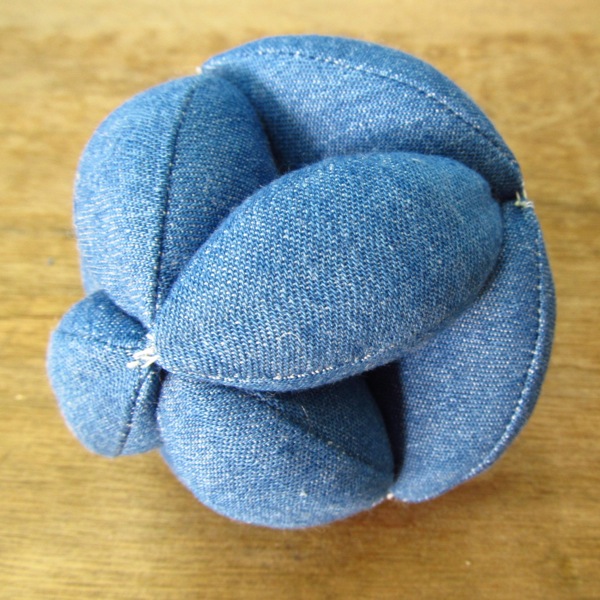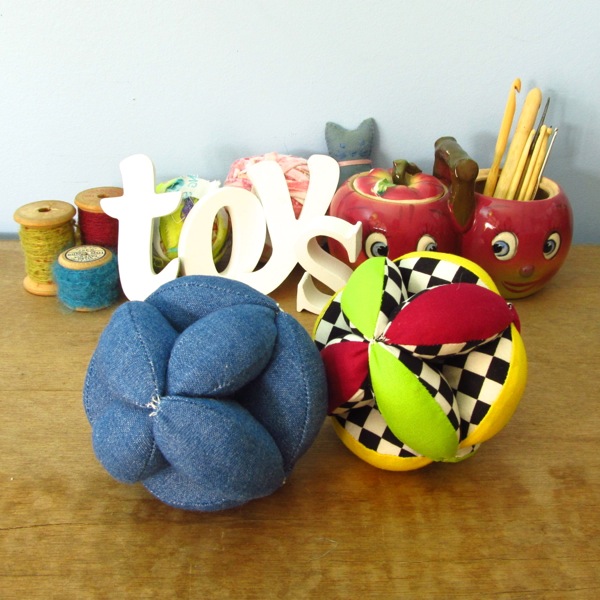Thursday, October 24, 2013
Bats go BOO!
Finding the right materials for what I want to do is sometimes a great challenge. It makes every doll a one-of-a-kind experience for me, the maker, and you, the recipient. This bat is a custom order.
This bat is made from repurposed wool sweater, wool suiting, velvet, and the fringed end of a velvet cut out scarf. The little toes let it hang upside down as any respectable bat should.
This weekend I'll be buying Halloween candy for the trick or treaters. May not get many kids at the door, but that last one before we turn the light off? Oh, yeah, baby, are they going to get a LOT of candy!
Don't you love being the last one to the door. "Oh just take the rest of the candy. I'm going to bed." Good times.
I have 2 favorite Halloween memories: the year my older brother and I trick or treated so much we had 4 bags (old fashioned grocery paper bags) of candy & the year I haunted a rich neighborhood and someone had a bowl of nickels. Doesn't sound like much, but a handful of nickels might have been $2 and back in the day when a good sized Hershey's bars only cost 10 cents and the large Tootsie Roll was 5 cents!
Do you have a favorite Halloween tale? Are you batty about candy?
Monday, October 21, 2013
Upcycling Tutorial: Bunting Bunny for Baby
This is one of my favorite quick but unique gifts to make. It's simple to make, takes very little time, and uses very little in resources.
Handful of stuffing
Matching embroidery floss or thread
Bit of coordinating fabric or sweater material (for inside of ears)
What to do:
Basic form:
Lay the sleeve on your work table flattened so the sleeve seam is facing you. Draw a curved line from back to front to become the top of the head. Add a seam allowance of about 1/2" and trim away excess sleeve. The back is where the sleeve seam is.
Sew between the arrows and tie off leaving an opening for turning.
Now flatten the sleeve with the sleeve seam centered and facing up. Draw a couple of curves from side to center. These will become the little legs.
Sew completely across along this line. Add a bit of selvedge and trim away excess fabric.
Turn right side out through the opening at the top of the head.
Head:
Cut a small length of sweater or use some ribbon. You'll need around 6" or more.
Stuff the head with a handful of stuffing. Using one hand grasp around the neck (yes, it looks like you are strangling the poor dear) and position the stuffing so that you feel you have a good sized head and good sized body below.
Wrap the ribbon or sweater piece around this neck you have created and sew or tie securely closed.
Ears:
Cut 2 ear shapes out of your sweater and two more out of a coordinating color, such as pink.
Sew together. Turn right side out. Crimp at each base and position inside the head opening making sure the front of the ears faces the front of the doll head.
Using a whipstitch or more invisible ladder stitch, sew the opening closed. Take a few stitches back and forth through the base of the ears to secure in place.
Infant safety:
Remember if the bunny is going to be given to an infant, do not attach buttons or loose ribbons or elements that could present a choking hazard.
Itching to stitch?
I have a free embroidery pattern and ebook for you. Just sign up and you'll get a free pattern with stitch and color guide, photo guide to printing patterns on fabric at home and more.
Sunday, October 13, 2013
Tutorial: Plucky Penguin Softie Pattern Download
 Plucky Penguin is making his way from the South Pole to your home but he won't mind if you don't have air conditioning.
Plucky Penguin is making his way from the South Pole to your home but he won't mind if you don't have air conditioning.This pattern is super easy to make even if you're just beginning to sew. You can hand or machine sew new or repurposed materials to make this 9 inch tall softie doll.
Make the pattern bigger and you have a penguin pillow. Make it smaller and you can create your own march of the penguins or a whole flock of Christmas tree ornaments.
Plucky Penguin pattern is now available for free. Download the pattern.
Wrong way, little Plucky Penguin! Santa lives at the North Pole!
Saturday, October 5, 2013
Tutorial: Amish Puzzle Ball
There are some tutorials on the web for a puzzle ball or clutch ball but very few explain the 'puzzle' part of the ball and many actually sew all the pieces together discarding the puzzle component altogether.
This is how I learned to make an Amish puzzle ball from the women in the Mennonite community near my hometown in Missouri.
The puzzle ball is intended as an educational toy. It can be grasped by babies and taken apart and reassembled by older children. It fosters small motor skills which stimulate brain development and abstract thinking abilities.
A puzzle ball can be made with fabric scraps of all types, preferably woven materials. You can use satins, velvets, calicos, denim, wool suiting, corduroy, whatever you have on hand. You can use felted wool, old blankets, sweaters. Stuff with wool, cotton, or other natural stuffing if you can. Not only do I detest the idea of a baby chewing on plastic fibers such as fiberfill, that stuffing tends to be too insubstantial for a puzzle ball. A good puzzle ball is solidly made.
Find a circular bowl or plate that is the desired size of your finished ball. Trace 6 of these circles on the wrong side of the fabric. Cut out the circles. Cut the circles in half and then in half again to make 4 wedges from each circle. You have 24 wedges. I'm using a 5" embroidery hoop here.
Cut 12 of these ellipses.
With right sides together, match the round edge of the ellipse with one round edge of a wedge. Sew together using a 3/8 inch seam allowance. If you are making a smaller ball or not very good at sewing curves on a sewing machine, hand sewing is your best bet. A larger ball can be machine sewn easily.
Repeat on the other side of the ellipse, sewing the other rounded edge to a second wedge. Sew one side of the wedge together and halfway down the other side. Turn this piece right side out.
Now you can see the wedge shapes you'll be sewing, sew 11 more. Turn all right side out. Stuff solidly and whipstitch or ladder stitch your wedges closed.
Use button thread, quilting thread, or embroidery floss to join the top corners of your wedges together. You want to sew three circles together made of 4 wedges. Sew tightly enough to keep pieces touching but loosely enough that the wedges are not smashed together.
Now here's what makes the puzzle a puzzle! Leave one of the wedge circles as is with only the outer tops joined. Take the second circle and imagining the inner points numbered 1 through 4, sew points 1 and 2 together and sew points 3 and 4 together. That circle now looks like a mouth opening. Take the third circle and sew all the inner points together closing the circle.
To put the puzzle ball together, work the 'mouth' circle over the fully closed circle, like a rubber band. Point all the inner points to the inside center of the ball. Next work the open circle of wedges over the combined circles. Point all the inner points to the inside center of the ball.
Want to skip making your own pattern pieces as described above? You can buy the pattern in my Etsy shop. Link below.
HAPPY STITCHING!
Subscribe to:
Posts (Atom)































